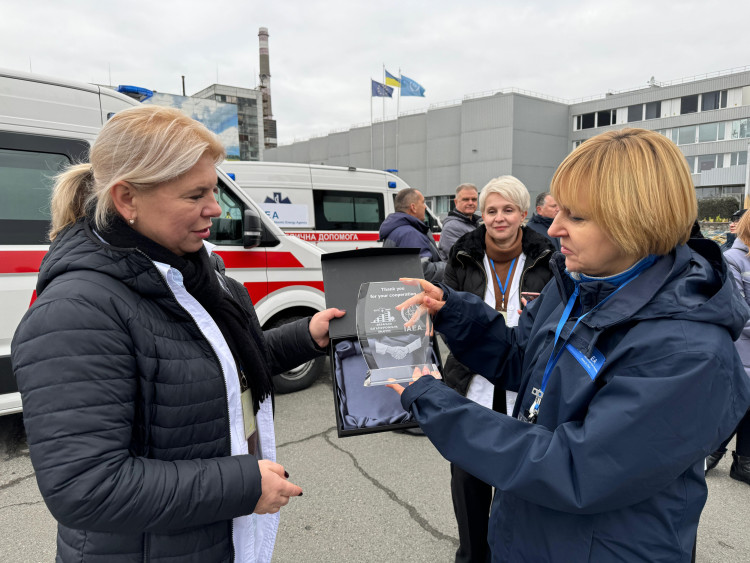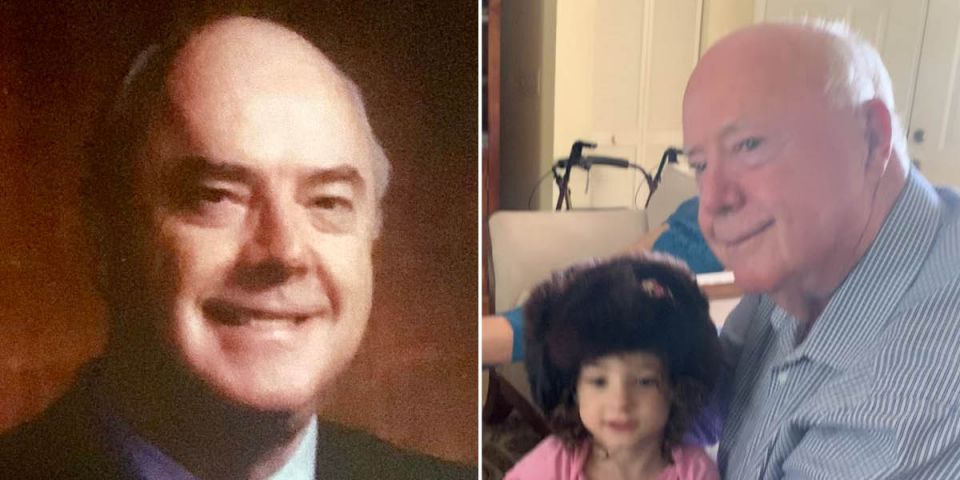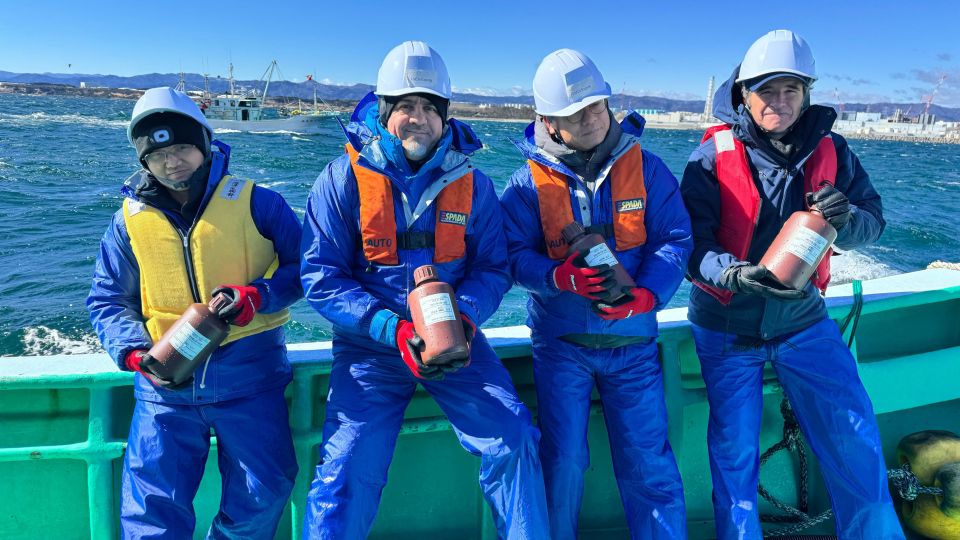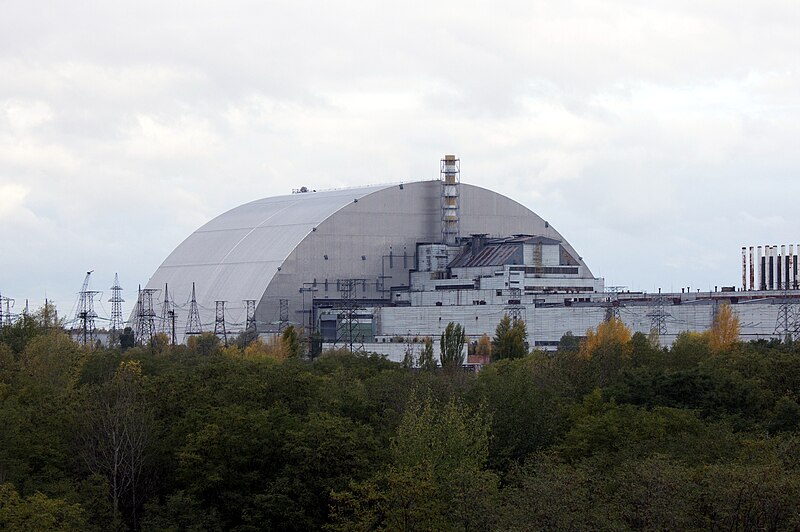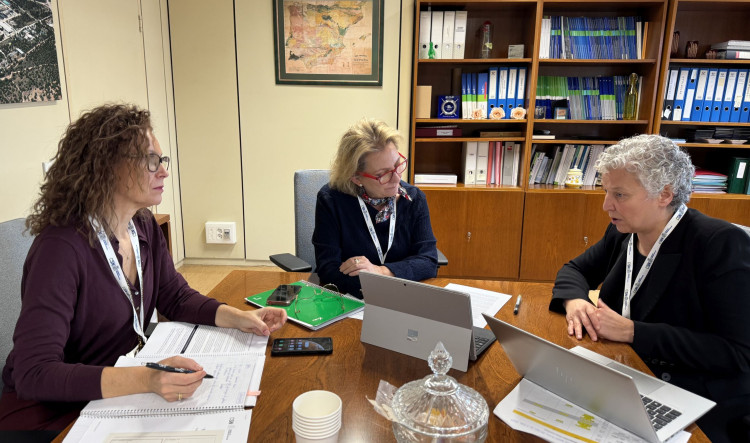Waste Management 2025: Building a new era of nuclear
While attendance at the 2025 Waste Management Conference was noticeably down this year due to the ongoing federal retrenchment, the conference, held March 9-13 in Phoenix, Ariz., still drew a healthy and diverse crowd of people working on the back end of the nuclear fuel cycle, both domestically and internationally.
Sponsored by Waste Management Symposia, the conference continues to be a premier forum for sharing information on safe and effective solutions to radioactive waste management. Much of the talk at this year’s conference, in both panel sessions and technical talks, highlighted waste management’s role in enabling the growth of new nuclear power worldwide.

Swami
Among those countries leading the way in making gains in waste management is Canada, which was the conference’s featured country this year. Speaking at the opening plenary, Laurie Swami, president and chief executive officer of Canada’s Nuclear Waste Management Organization, discussed the progress her country has made in selecting a site for a deep geologic repository for its spent nuclear fuel. This past November, the NWMO announced it had selected a site in northwestern Ontario for the repository.
In her plenary remarks, Swami thanked the communities of the township of Ignace and the indigenous Wabigoon Lake Ojibway Nation for their willingness to move forward with the repository site selection. “This historic decision for Canada was driven by their thoughtful leadership, over a decade of active engagement with us to learn more about this project, and time spent considering the future of the communities they call home,” she said, adding, “The NWMO may be one of the first organizations in North America that used the consent-based siting process for a decision of this magnitude, but I believe we will not be the last.”
While the local communities have expressed their approval, Swami noted that the project is yet to undergo a multiyear regulatory decision-making process. During that process, which is to begin later this year, the broader Canadian population will have an opportunity to weigh in on the NWMO’s plans.
Acknowledging the misinformation that surrounds the nuclear waste issue, Swami said that, in addition to local acceptance, there must be the “political fortitude” to move the project forward. “Here is a project that is both technically sound and socially acceptable,” she said. “And if we can’t build this, how will we build anything? In this day and age, communities, industry, and government have a collective responsibility to find solutions to the challenges of our society.”
Swami ended by providing three takeaways: “First, consent-based siting works. Working with people on waste projects is possible, particularly if you share decision-making with communities; it leads to a successful path forward. Second, stay focused on the ultimate goal of a safe disposal facility for radioactive waste. And third, don’t rush it—that is not a path to success.”
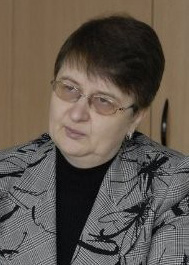
Mykolaichuk
Following Swami, Olena Mykolaichuk, director of the Nuclear Fuel Cycle and Waste Technology Division of the International Atomic Energy Agency, highlighted the agency’s efforts to support its member states in finding waste management solutions.
Mykolaichuk also discussed how new technologies are helping to advance radioactive waste management and attract new and younger workers who are excited by the opportunities created by innovation to the industry.
Mykolaichuk, however, urged caution in the approach to innovation. “Talking about all these innovations, you should remember also that you should not think about innovation just for the sake of innovation. It should be justified,” she said, adding that the promise of tomorrow’s technologies should not be an excuse for doing nothing today.
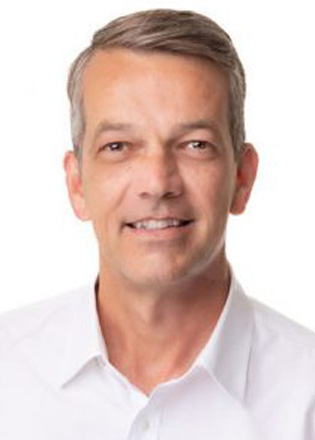
Whitney
Next, Mark Whitney, president of Amentum Energy and Environment, discussed the role of waste management in enabling the development of advanced nuclear energy, calling it a “major component of our ability to expand global nuclear capacity.”
Noting the important role nuclear plays in providing clean, reliable energy, Whitney said he sees it expanding further. “We should recognize, first, that the global nuclear renaissance is not on the horizon, it is happening now in different places and in different geographic locations.”
By demonstrating the ability to manage waste safely and effectively, the nuclear community can build public trust and secure the needed support for the new nuclear renaissance, Whitney said. As an example, he pointed to the cleanup of the Department of Energy’s Oak Ridge Reservation in Tennessee, where the site’s former uranium enrichment plant was transformed into the East Tennessee Technology Park (ETTP).
“Through this massive cleanup effort by the DOE and its contractors, reindustrialization has provided the infrastructure for the community to attract new industry jobs,” Whitney said, adding that, to date, the DOE has transferred 1,800 acres of land to the ETTP for economic redevelopment.
Whitney pointed out that this reindustrialization is not only reducing the DOE’s landlord responsibilities and significantly reducing taxpayer costs, but also supporting the growth of new nuclear businesses, including small modular reactor developers and nuclear fuel manufacturers. “To date, 25 new businesses are located on the site with $1.5 billion invested and over 1,400 jobs,” he said.
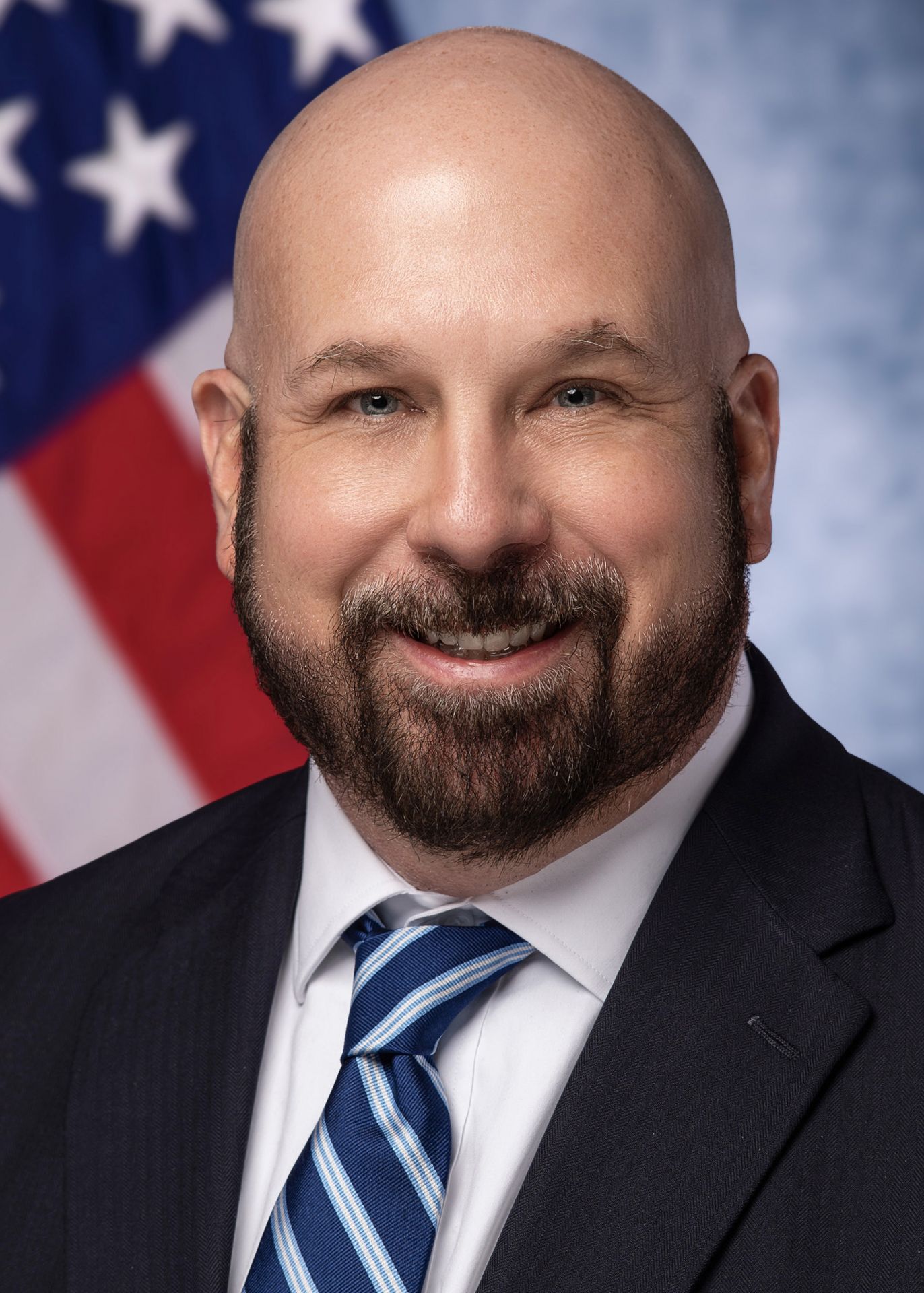
Jarrell
The significance of the Oak Ridge Reservation was discussed further by the plenary’s final speaker, Roger Jarrell, senior advisor for the DOE’s Office of Environmental Management. Jarrell, who served in DOE-EM during the first Trump administration and previously worked with DOE cleanup contractor United Cleanup Oak Ridge (UCOR), called Oak Ridge DOE-EM’s “North Star.”
“I may be biased given my experience with UCOR, but no [DOE-EM] site demonstrates how this program accomplishes broader goals more than Oak Ridge does,” Jarrel said. Those goals of cleaning up land for beneficial reuse and new nuclear development are helping usher in a “golden era of American energy dominance,” he added.
“All of us have a unique opportunity and moment to reenvision how we do business across the board to drive efficiency and innovative approaches that will help us contribute to this golden era,” Jarrell said.
Jarrell said that the DOE’s Portsmouth Site in Ohio and Paducah Site in Kentucky are on similar trajectories as Oak Ridge. The DOE has already begun transferring remediated property at Portsmouth for economic redevelopment and is preparing similar transfers at Paducah.
In addition to transferring land back to local communities, the DOE is working with private industry in an effort to recycle approximately 6,400 tons of radiologically surface-contaminated nickel that has been removed from the Portsmouth Gaseous Diffusion Plant. “Again, an opportunity to transform a liability into an asset,” Jarrell said.
While noting DOE-EM’s accomplishments, Jarrell said the office, under the Trump administration, is looking to significantly cut its costs. “We are looking for opportunities with the potential for the largest cost savings, rather than just trimming around the edges,” he said. “Those of us familiar with [DOE-EM] know those opportunities are primarily situated at the Hanford Site, our biggest liability.”
The closure of Hanford, Jarrell said, is projected to be completed between 2078 and 2091 at a cost of billions of dollars. “I’m not certain how the entire federal budget absorbs that cost, let alone the [DOE-EM] program,” he said.
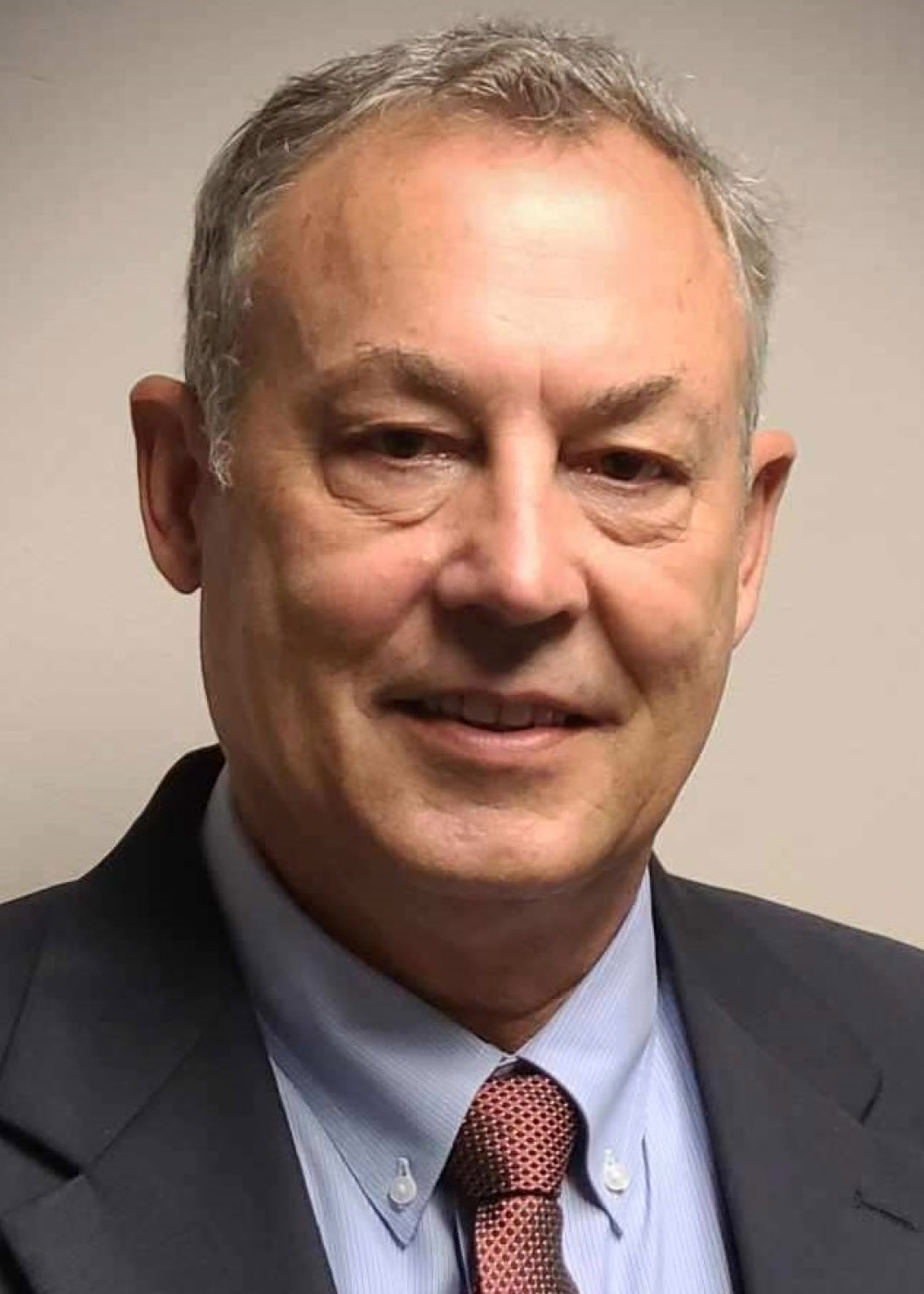
Bradburne
Hot topics in DOE-EM
Held every year during the conference and directly following the opening plenary is the panel session “Hot Topics in U.S. DOE Environmental Management.” The popular session brings together leaders from the Department of Energy’s Office of Environmental Management to talk about pressing issues within the office and around the department’s cleanup complex.
This year, panel members included Roger Jarrell, senior advisor for DOE-EM, Joel Bradburne, manager of the DOE’s Portsmouth/Paducah Project Office, Erik Olds, deputy manager of the DOE Oak Ridge Office of Environmental Management (OREM), and Kristen Ellis, deputy assistant secretary of the DOE-EM Office of Regulatory and Policy Affairs.
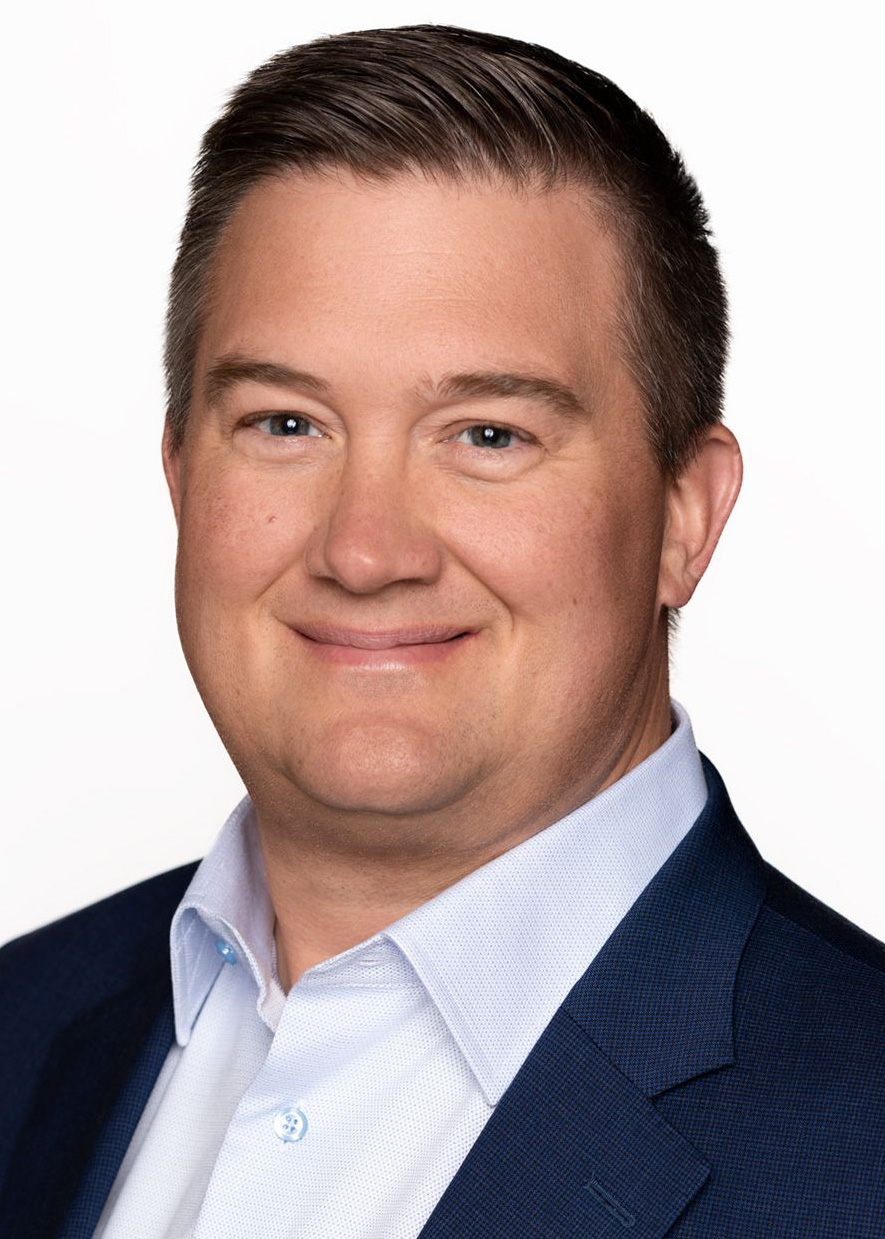
Schneider
Martin Schneider of Longenecker & Associates, the session’s cochair and moderator, began by highlighting comments Jarrell made during the opening plenary, which implied that the Oak Ridge and Portsmouth and Paducah sites will be taking “center stage” under the Trump administration. Given that any new administration wants to show it is making progress, Schneider asked the panel what opportunities existed for those early “wins.”
“Based on the experience that I had in Oak Ridge, in my mind, the next two that really have the biggest chance for success are Portsmouth and Paducah,” Jarrell responded. While explaining that there is nothing new to the cleanup at the sites, he cautioned that each one poses its own regulatory challenges.
Likewise, Bradburne noted that DOE-EM completed the deactivation and demolition of the X-326 process building at Portsmouth and is preparing for the demolition of the site’s X-333 process building in the coming months. Bradburne also said that land at both Portsmouth and Paducah is continuing to be transferred to private enterprises for redevelopment. He highlighted Global Laser Enrichment’s acquisition of a 665-acre parcel of land at Paducah for its planned Paducah Laser Enrichment Facility. “There is just a tremendous amount of interest in both sites,” he said.
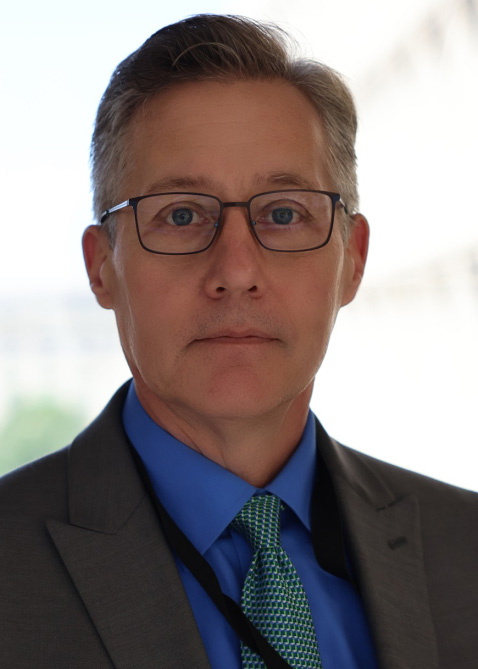
Olds
The Oak Ridge Reservation, meanwhile, is a site that has “come full circle,” OREM’s Erik Olds said. “By tearing down buildings, cleaning up the soil, and reducing that liability that we talked about this morning, we are freeing up a lot of land for the next generation of nuclear,” he said.
Olds highlighted Orano USA’s announcement last fall that it was planning a new multibillion dollar uranium enrichment facility at Oak Ridge’s Y-12 National Security Complex. The development represents the single largest investment in the history of Tennessee, he said. “I think the opportunity for [DOE-EM] now is really to use a mature and proven model to achieve even more success,” Olds added.
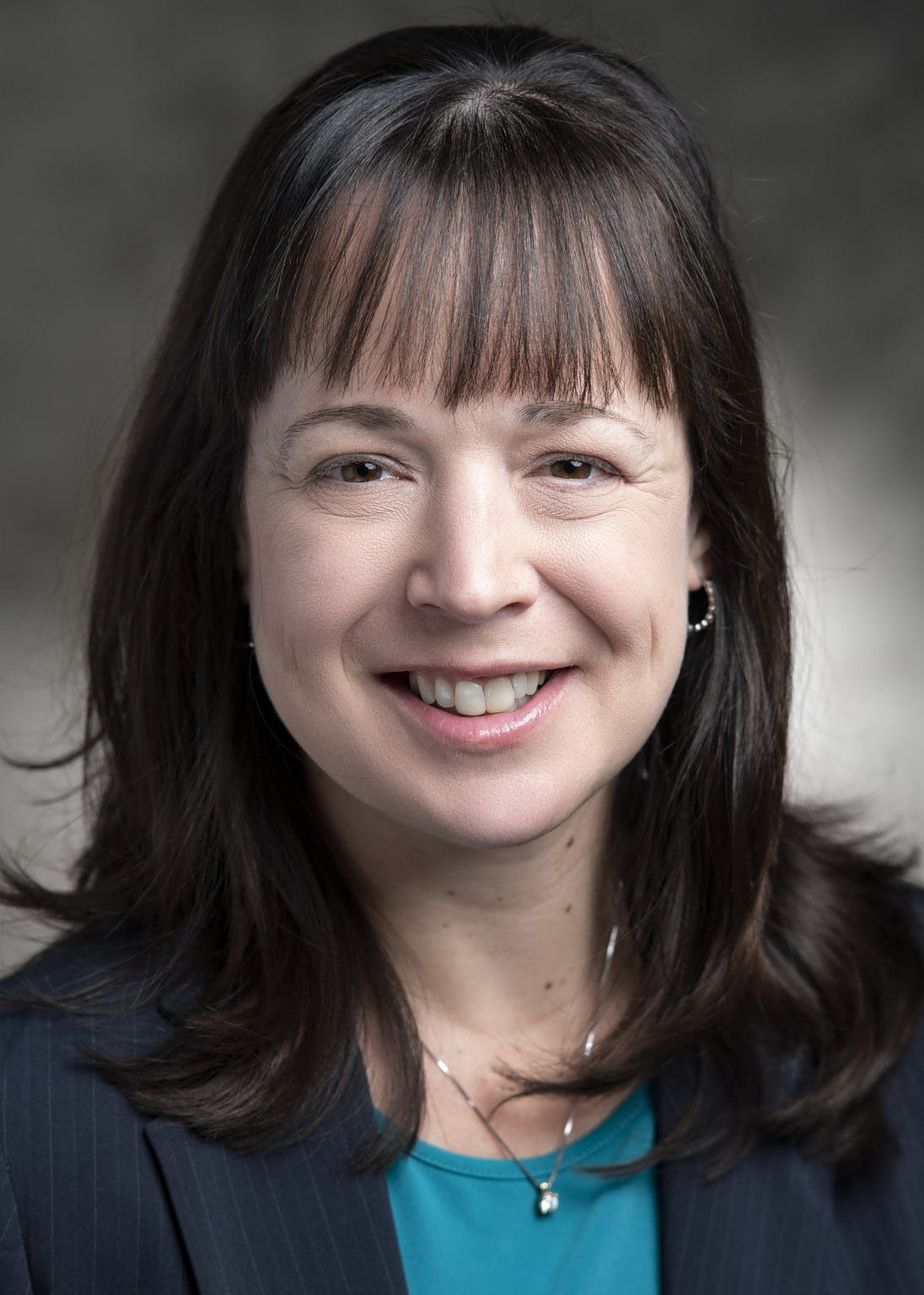
Ellis
Likewise, Kristen Ellis said that DOE-EM is looking to extract nickel from surface contaminated material at both Portsmouth and Paducah to be reused for a variety of purposes, such as in electric vehicle batteries. “Seeing opportunities like that and looking for future opportunities where we have [DOE-EM] materials and find a new place in the energy ecosystem for them, that is a really fun part of my job,” she said.
Ellis also brought attention to the progress being made at the Moah, Utah, site, where DOE-EM is removing uranium mill tailings for safe disposal. She said that the Uranium Mill Tailings Remedial Action project recently completed the shipment of 15 million tons of tailings to a nearby disposal cell, leaving less than 1 million tons remaining to be shipped, after which the project can be concluded. “I will be excited to take that one off the map in the relative near term,” Ellis said of Moab.
The panel devoted much of its time to discussing the changing work of DOE-EM and how it defines success, from simply cleaning up legacy sites and releasing them to enabling reindustrialization and helping develop new energy production.
Olds, noting that the office has “amassed a pretty impressing track record of cleanup across the complex,” said that it is time to shift from a focus on the “how” of cleanup work to the “why.”
“Why are we doing the work we do?” Olds asked. “Not simply to reduce risk, which is very good thing to do, not simply to get buildings down, but what can it do for the future? How can it support the communities that live around our sites? How can it help American industry create jobs and create energy independence?”
The politics of cleanup
With a new administration, the 2025 Waste Management Conference was a chance to talk about the political realities surrounding the Department of Energy, its work, and its budget. The panel session “U.S. Politics of Cleanup: Cleaning Up DOE Sites Through Appropriations, Authorization, and Policy Decisions,” focused on the administration’s budget request and how policy decisions may affect DOE programs.
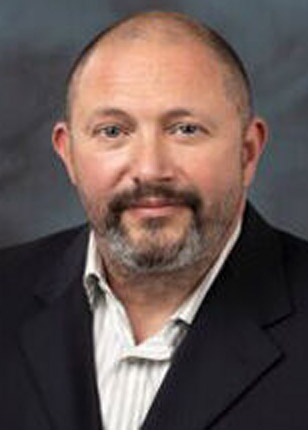
DeMella
Adam DeMella, founder of AMM Strategies and former Senate staff member, began by pointing out the that the U.S.’s large budget deficit will cause “a reckoning” in government spending. “We are going to see cuts,” he said, adding that “there are some things we as a community have to think about and some things we probably are going to have to do differently.”
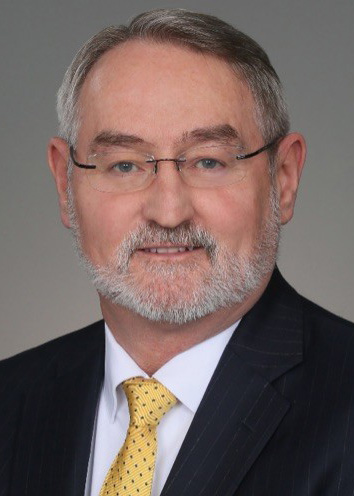
Knox
DeMella also noted the experience President Trump brings to the office, a point echoed by Eric Knox, vice president of strategic development for Amentum, who said “This is not a new administration, this is a president who has been there before.” Unlike the first Trump administration, this time around the president’s transition team has developed an action plan for every government agency, Knox added.
Knox also said that this second Trump administration is bringing experienced leaders to government agencies, such as Theodore “Ted” Garrish, who was nominated to serve as the DOE’s assistant secretary for nuclear energy. Garrish, who previously held the office from 1987 to 1989 under President Ronald Reagan, has more than four decades of experience in the nuclear community.
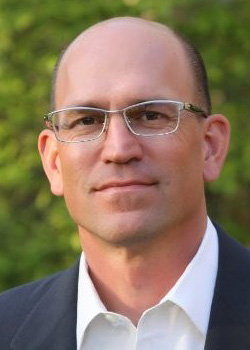
Todd
Sean Todd, founder and principal of Fox Potomac Resources, agreed with Knox, calling Garrish a “star” and the “one to watch” at the DOE. “Ted has that gift of a broad knowledge of the [DOE] complex and the enterprise, as well as the depth that he can talk about issues with real knowledge and expertise,” Todd said.
Todd continued by saying he believes the new Trump administration will become “very serious” about shrinking budgets and the size of government. “The next major inflection point will be the [fiscal year] 2026 budget request,” he said. “I think it is going to be a pretty big earthquake. So, buckle up.”
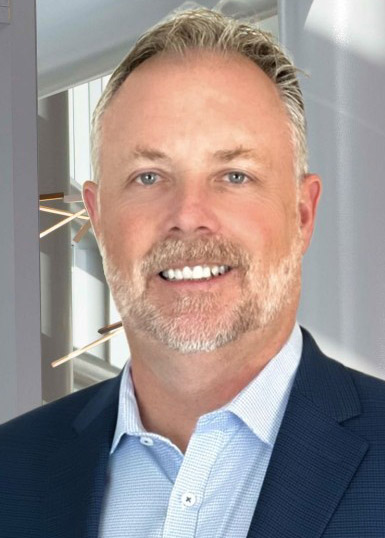
Campbell
David Campbell, executive vice president of EnergySolutions, followed by saying that he also felt there is going to be a “strong push” for cutting budgets and finding efficiencies within the DOE’s Office of Environmental Management, as well as other department offices. The question, he said, is where those cuts can be made and how the DOE can do things differently to enact those cuts. “I think that is the big question that is going to be debated over the next few years,” Campbell said.
DeMella concluded by saying that he felt things are going to get “leaner” for the DOE and its contractors. “The way to get through that is to prioritize,” he said.


